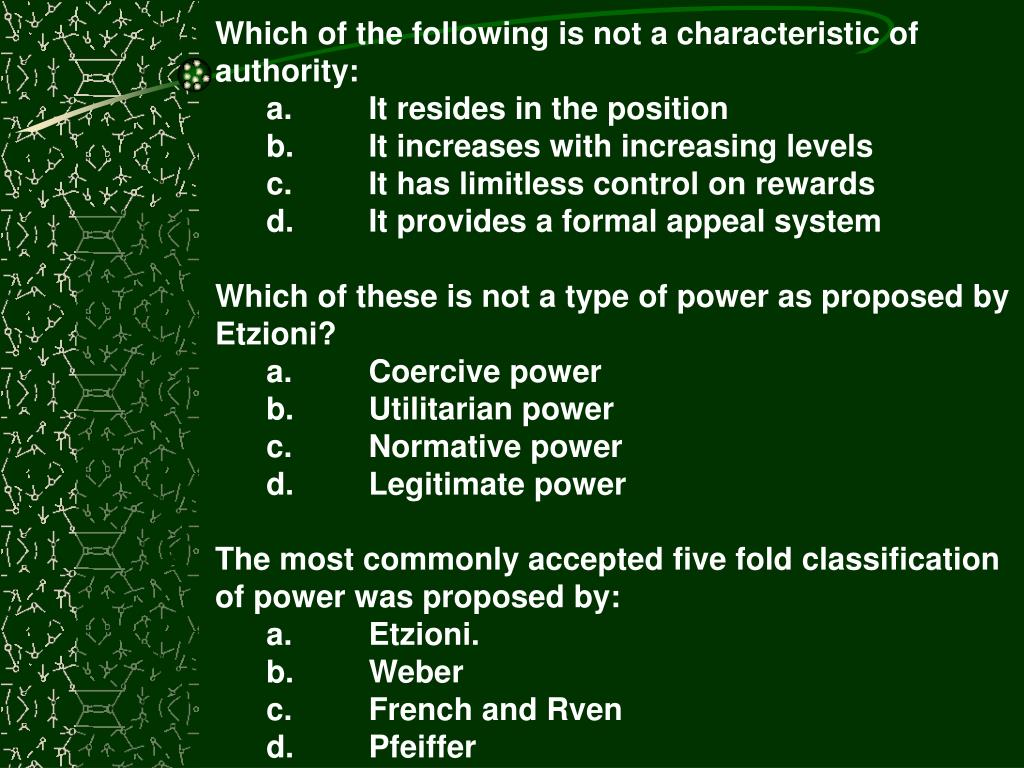



This tree-based decision-making process is aimed to physicians, regardless of their familiarity with IEI. Here, we present an update of the phenotypic classification of IEI, based on the 2019 IEI classical classification. This phenotypic classification proved to be as popular as the genotypic classification (15 k vs 12 k downloads on publisher site) and has been adapted in a smartphone application. We thus reported from 2013 onward a more user-friendly classification adapted for the clinician, based on the clinical and laboratory features observed in these patients. However, with the growing number of IEI included in this catalog, these tables are not always easy to use at the bedside. This classification is organized in ten tables, each of which groups IEI sharing a given pathogenesis. The (IUIS) expert committee on IEI proposes every other year a genotypic classification of all these disorders, which facilitates both research on, and diagnosis of, these conditions worldwide. If most IEI are individually rare, they are collectively more common than generally thought. They now comprise 406 distinct disorders with 430 different gene defects listed in the 2019 International Union of Immunological Societies (IUIS) classical classification. They manifest as increased susceptibility to a broad or narrow spectrum of infectious diseases, as well as a growing diversity of autoimmune, autoinflammatory, allergic, and/or malignant phenotypes. They can be dominant or recessive, autosomal or X-linked, and with complete or incomplete penetrance. Human inborn errors of immunity (IEI) are caused by monogenic germline mutations resulting in loss or gain of function of the encoded protein.


 0 kommentar(er)
0 kommentar(er)
